The same pulling force that causes “tears” in a glass of wine also shapes embryos. It’s another example of how genes exploit mechanical forces for growth and development.
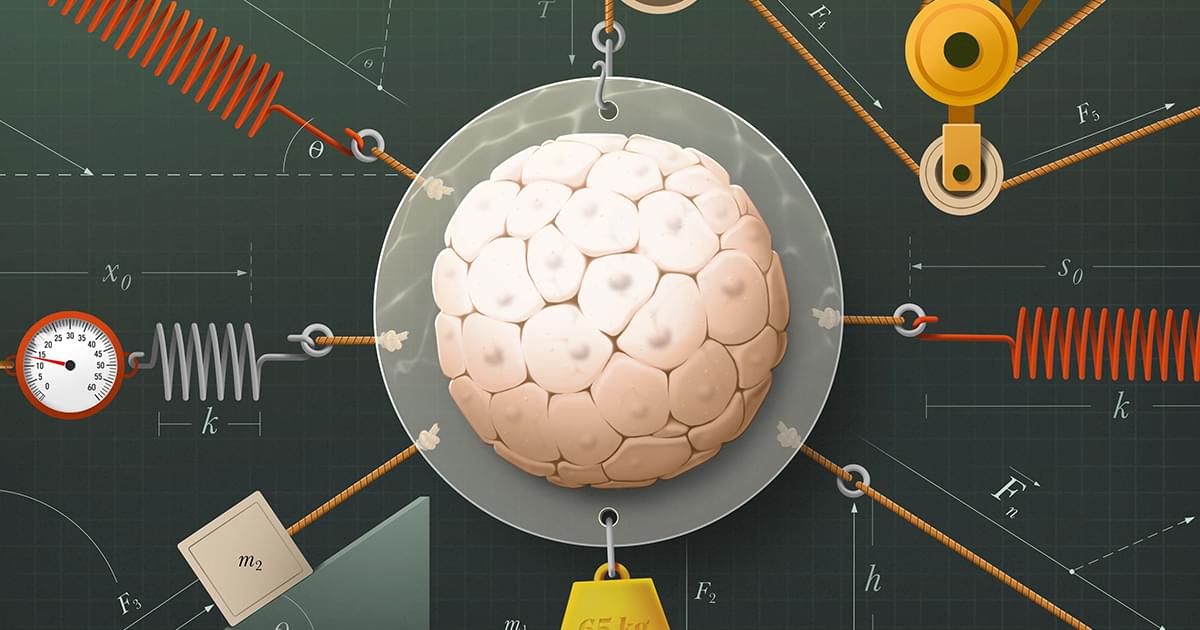


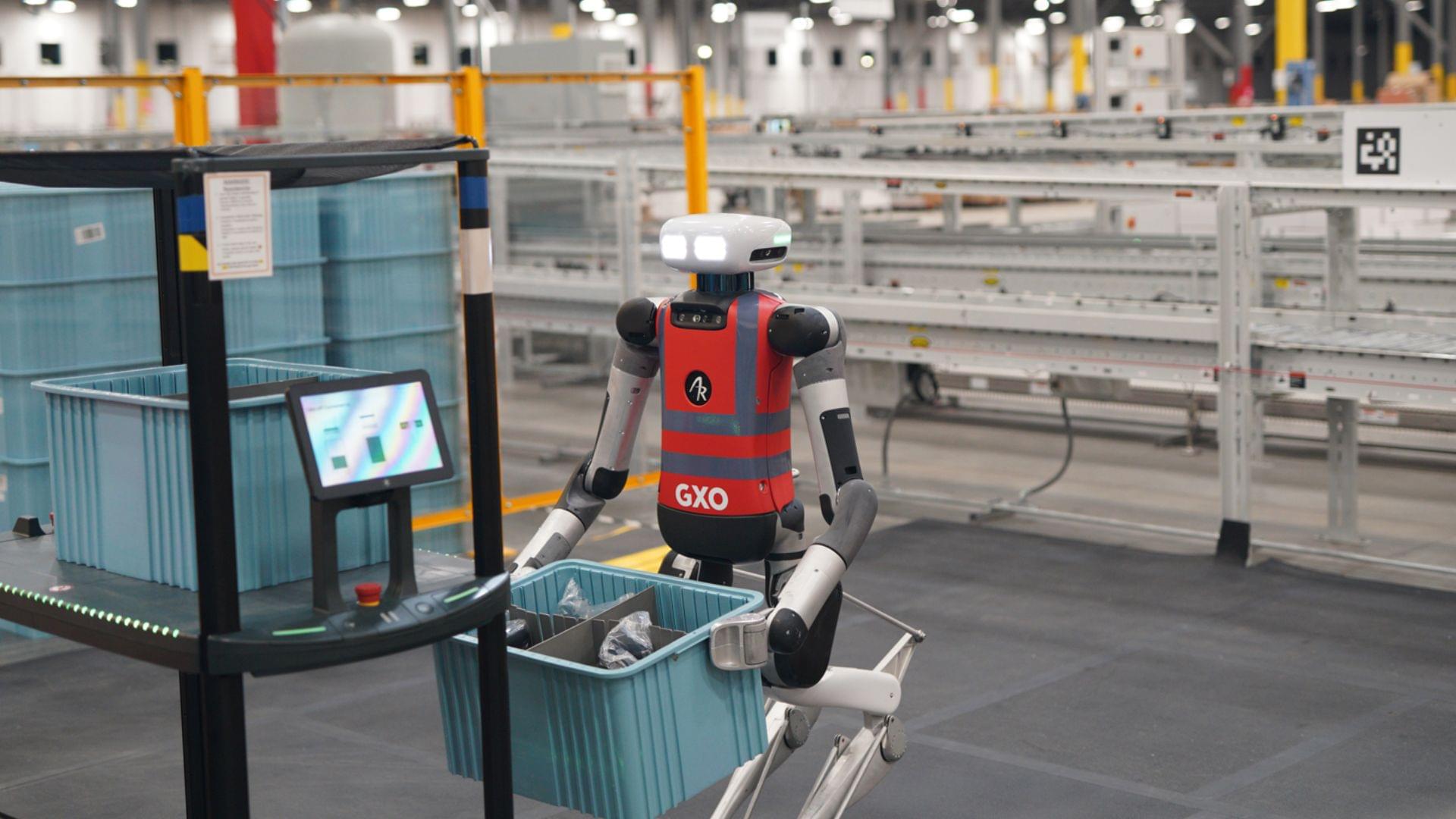
Oregon-based robotics company Agility Robotics announced Thursday that its humanoid robot Digit has moved more than 100,000 totes at a GXO Logistics facility in Flowery Branch, Georgia.
This milestone marks a significant step for the company in proving the practical value of humanoid robots in real-world logistics. Instead of polished demo clips, this result proves the robot can handle real warehouse tasks every day.
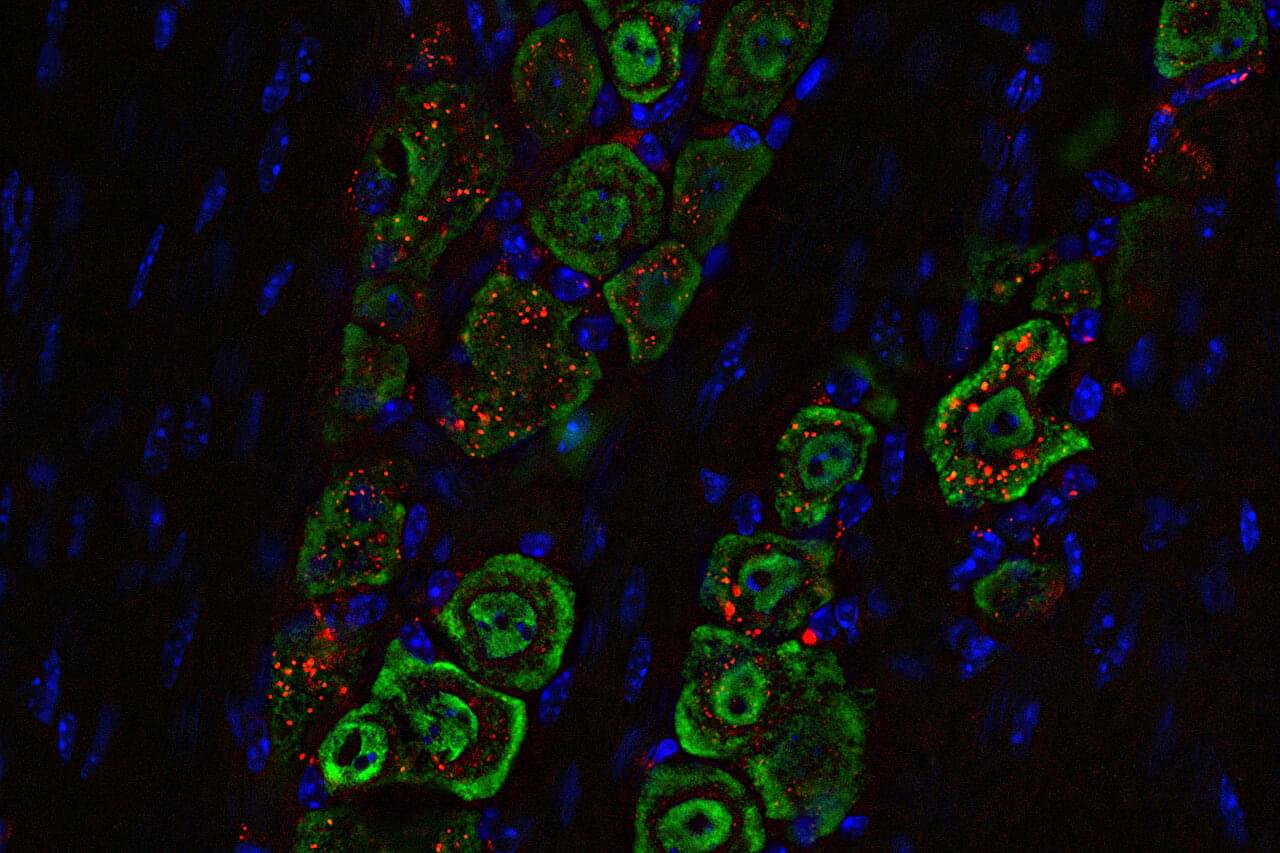
Researchers at Washington University School of Medicine in St. Louis, along with collaborators at Northwestern University, have developed a noninvasive approach to treat one of the most aggressive and deadly brain cancers. Their technology uses precisely engineered structures assembled from nano-size materials to deliver potent tumor-fighting medicine to the brain through nasal drops. The novel delivery method is less invasive than similar treatments in development and was shown in mice to effectively treat glioblastoma by boosting the brain’s immune response.

A specially devised hybrid treatment has shown tremendous potential for treating type 1 diabetes in mice, scoring full marks at preventing the condition in prediabetic animals and at reversing the condition in animals with fully developed diabetes.
What makes the new approach stand out is that it successfully combines immune system cells from both the patient mouse and a donor mouse, encouraging them to live in harmony without a need for immunosuppressive drugs for at least four months.
The researchers behind the work, led by a team from the Stanford School of Medicine, are hopeful the same approach could be successful in humans too. The treatment might also have potential for other procedures where transplants are required.
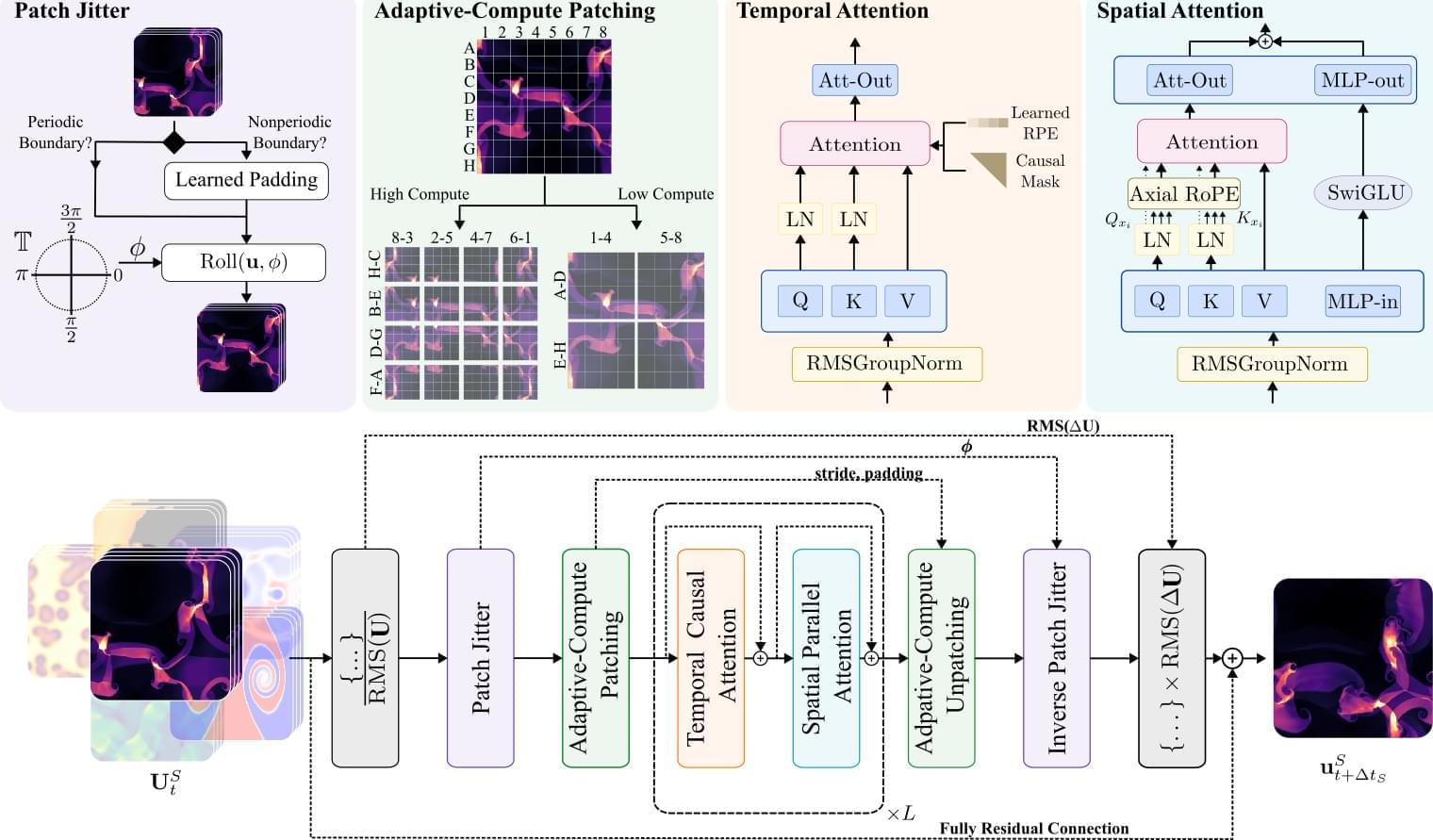
Using simulation-based techniques, scientists can ask how their ideas, actions, and designs will interact with the physical world. Yet this power is not without costs. Cutting edge simulations can often take months of supercomputer time. Surrogate models and machine learning are promising alternatives for accelerating these workflows, but the data hunger of machine learning has limited their impact to data-rich domains. Over the last few years, researchers have sought to side-step this data dependence through the use of foundation models— large models pretrained on large amounts of data which can accelerate the learning process by transferring knowledge from similar inputs, but this is not without its own challenges.

In industrial pipes, mineral deposits build up the way limescale collects inside a kettle ⎯ only on a far larger and more expensive scale. Mineral scaling is a major issue in water and energy systems, where it slows flow, strains equipment and drives up costs.
A new study by Rice University engineers shows that lab-grown diamond coatings could resolve the issue, providing an alternative to chemical additives and mechanical cleaning, both of which offer only temporary relief and carry environmental or operational downsides.
“Because of these limitations, there is growing interest in materials that can naturally resist scale formation without constant intervention,” said Xiang Zhang, assistant research professor of materials science and nanoengineering and a first author on the study alongside Rice postdoctoral researcher Yifan Zhu. “Our work addresses this urgent need by identifying a coating material that can ‘stay clean’ on its own.”

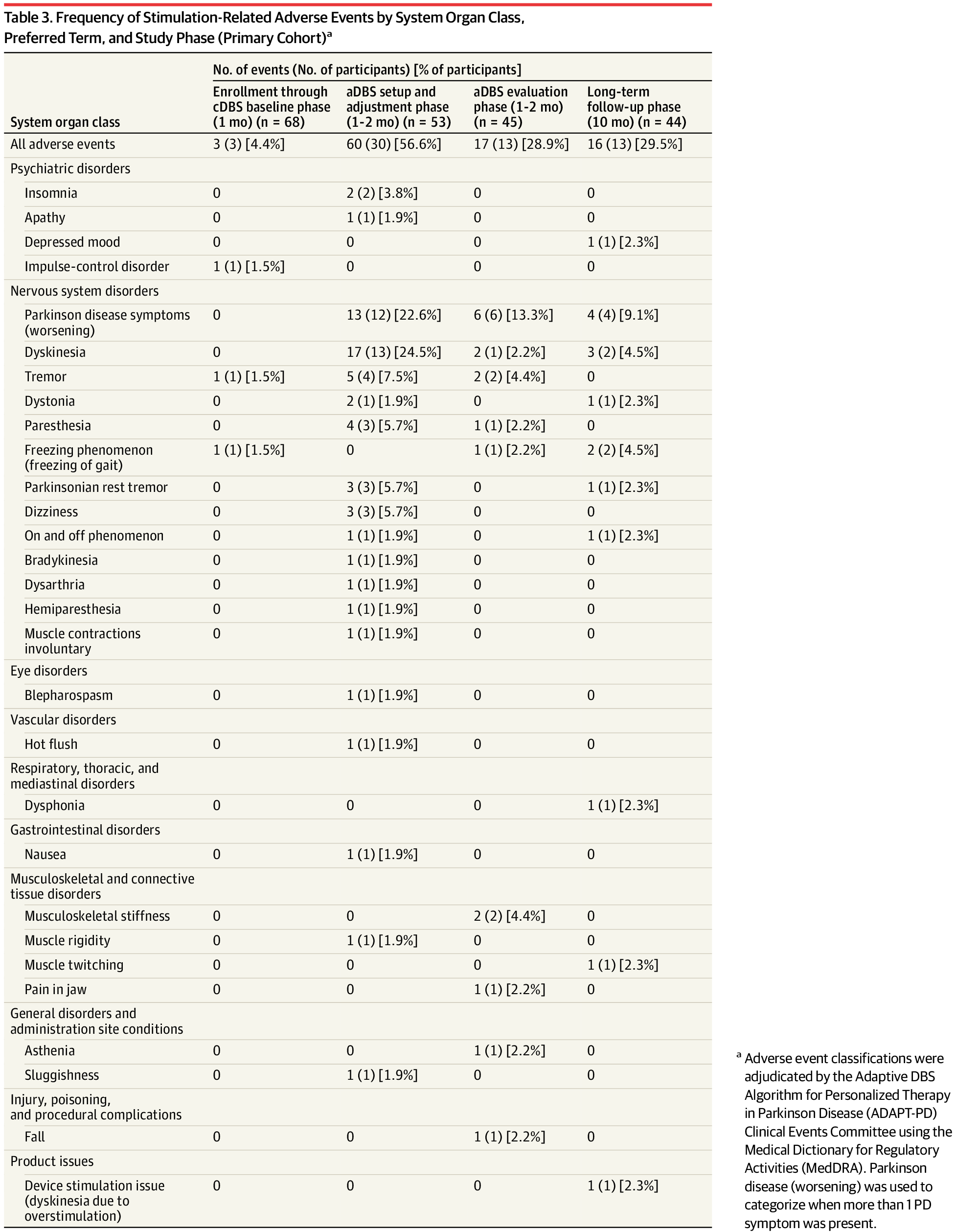
Long-term adaptive deep brain stimulation (aDBS) provided tolerable, effective, and safe therapy in persons with Parkinson disease whose symptoms were previously stable while receiving continuous DBS.
Question Is long-term adaptive deep brain stimulation (aDBS) tolerable and as effective and safe as continuous DBS (cDBS)?
Findings In this nonrandomized clinical trial with an open-label comparison between cDBS and aDBS, the primary outcome was met as the majority of participants receiving aDBS achieved a performance goal of good on-time (ie, time when symptoms were well controlled) without troublesome dyskinesia relative to stable cDBS therapy.
Meaning Long-term aDBS provided tolerable, effective, and safe therapy in persons with Parkinson disease whose symptoms were previously stable while receiving cDBS.
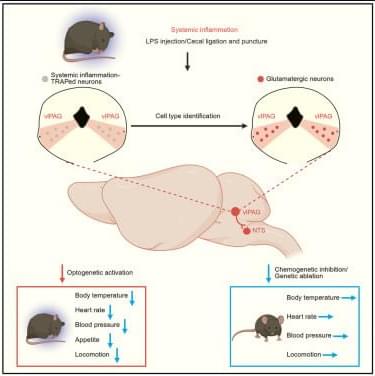
Xie et al. demonstrate that systemic inflammation activates a subset of glutamatergic neurons in the ventrolateral periaqueductal gray (vlPAG). Manipulating these vlPAG glutamatergic neurons and their projections to the nucleus tractus solitarius modulates inflammation-induced sickness behaviors and hypometabolic states, including hypothermia, cardiovascular depression, reduced locomotion, and appetite suppression.